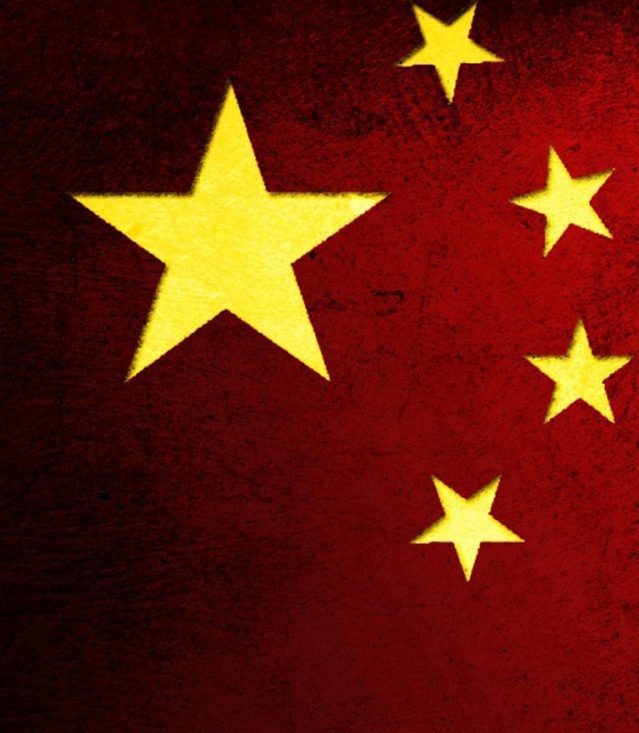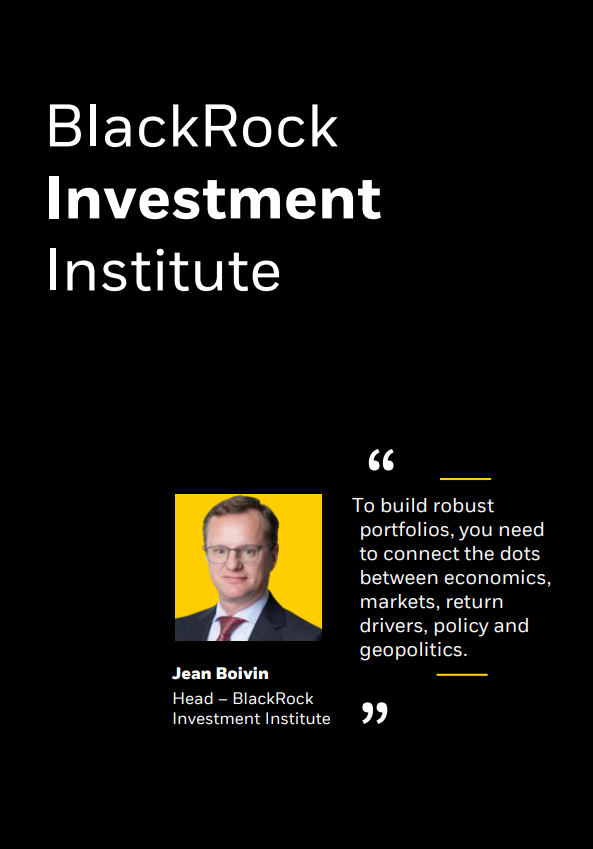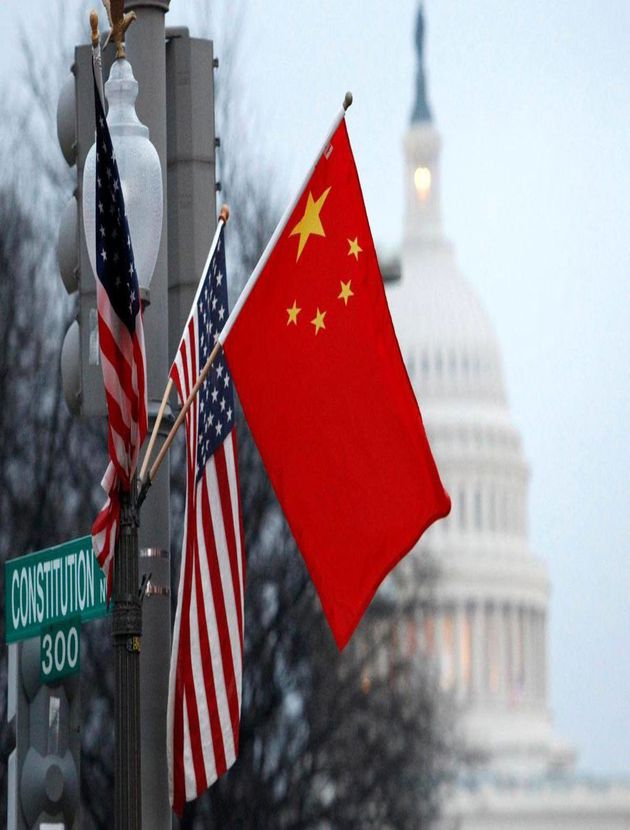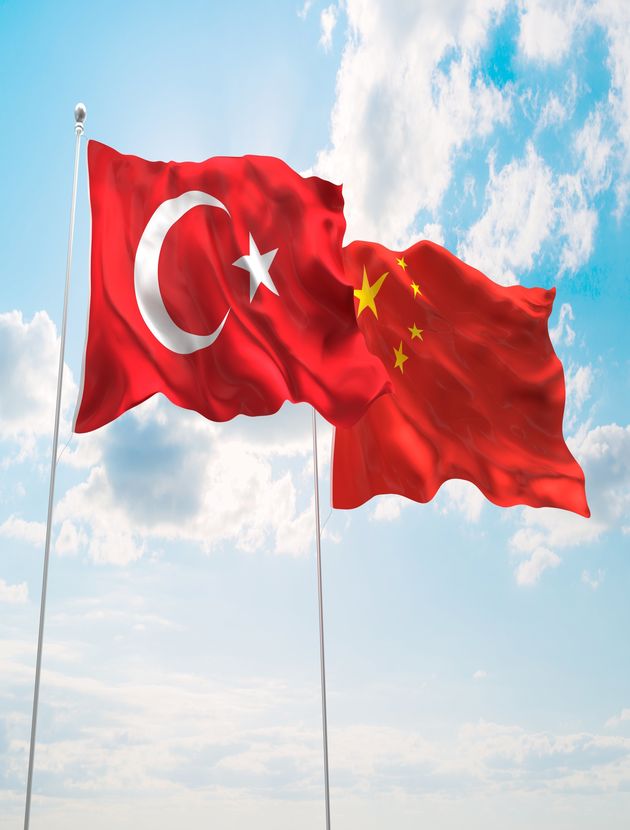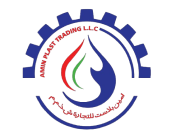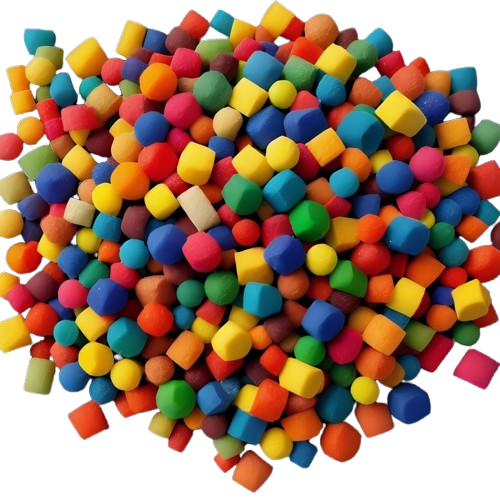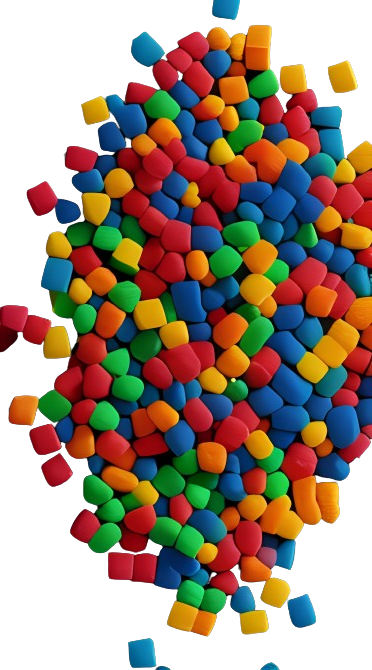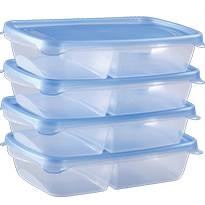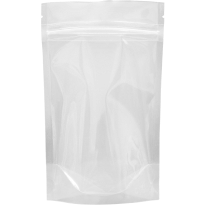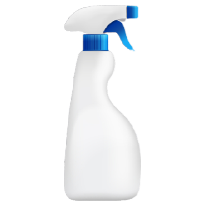Wide polymer market News:
Data from ChemOrbis (China’s news)
Import Statistics reveal that China’s overall polymer imports in December witnessed a marginal decline of around 0.4% from the same month last year to reach 1,
(862.259) tons. Compared to the previous month, the total volume was also slightly down by 0.4%.
In December,
the United States remained the top polymer supplier of China’s for the fourth month in a row with (239,108) tons. South Korea took the second place (229,001 tons),
displacing Saudi Arabia, which came in third (222,469 tons).
It was followed by the United Arab Emirates (195,444 tons), Singapore (140,830 tons), and Iran (131,148 tons).
HDPE:
In a product-based breakdown,
Northeast Asia’s total HDPE imports in December increased by 16.8% from a year earlier to (470,898) tons.
On a monthly comparison, they witnessed a slight drop of nearly 3%.
The United States was the top HDPE supplier of China in December with (81,252) tons,
followed by the United Arab Emirates (81,243 tons) and Saudi Arabia (73,278 tons).
LLDPE:
Northeast Asia’s LLDPE imports slightly dropped by 1.3% year-on-year to be reported at(433,562) tons in December.
Compared to the previous month, they decreased by 5%.
Saudi Arabia was the top LLDPE supplier to Northeast Asia in December with (93,015) tons, followed by the United States (83,567 tons) and Singapore (64,604 tons).
LDPE:
Northeast Asia’s LDPE imports in December posted an increase of 6.4% from the same month of 2022 to stand at 263.597 tons.
They were down about 5.4% compared to November.
Iran was Northeast Asia’s top LDPE supplier in December with 64,812 tons, followed by the United States (47,111 tons) and Qatar (29,150tons).
HOMO-PP:
Despite a small monthly gain of 4%, Northeast Asia’s total homo-PP imports in December recorded a visible decrease of 17.7% from a year earlier to stand at 236,490 tons.
South Korea remained the top homo-PP supplier to China with 47,520 tons, followed by the United Arab Emirates (42,094 tons) and Japan (24,254 tons).
PP CO POLYMER:
Northeast Asia’s PP copolymer imports,
in December decreased by 8% from a year earlier at 137.812, while they were up by nearly 2% from November.
Singapore remained Northeast Asia’s top PP copolymer supplier with 41,917 tons, followed by Taiwan (24,496 tons) and South Korea (24,256 tons).
PVC:
China’s total PVC imports (S-PVC+E-PVC),
in December plunged by 53.3% from the same month of 2022 to stand at 29.761 tons. On a month-over-month comparison,
they were 1.4% lower.
The United States was Northeast Asia’s top PVC supplier with 10,960 tons in December,
followed by Taiwan (7,740 tons) and Japan (4,380 tons).
PS:
Northeast Asia’s December imports for PS (GPPS+HIPS) witnessed a significant drop of 33.3% from a year earlier to be reported at 46,149 tons. On a monthly basis, however,
they were up by 4.5%.
Malaysia remained the top PS exporter to Northeast Asia with 13,089 tons in December, followed by Taiwan (9,911 tons) and Japan (6,300 tons).
ABS:
China’s total ABS imports in December plunged by around 26.8% compared to the same month of 2022 to be reported at 86,630 tons.
They were also down around 4.5% from the previous month.
Taiwan was at the top of the ABS import list with 31,077 tons,
followed by South Korea (20,962 tons) and Malaysia (16,011 tons).

polymer
Follow the news with us
In India,
due to the increase in the price of oil and feed,
foreign suppliers kept their prices firm,
but the amount of demand for imported cargoes remained limited,
except for polyethylene grades, whose supply was limited, such as low-density polyethylene grades.
In the Middle East,
the polyethylene market remained strong because some producers have stopped their plants for maintenance,
and on the other hand, many downstream factories tend to fill their warehouses due to the arrival of Ramadan.

